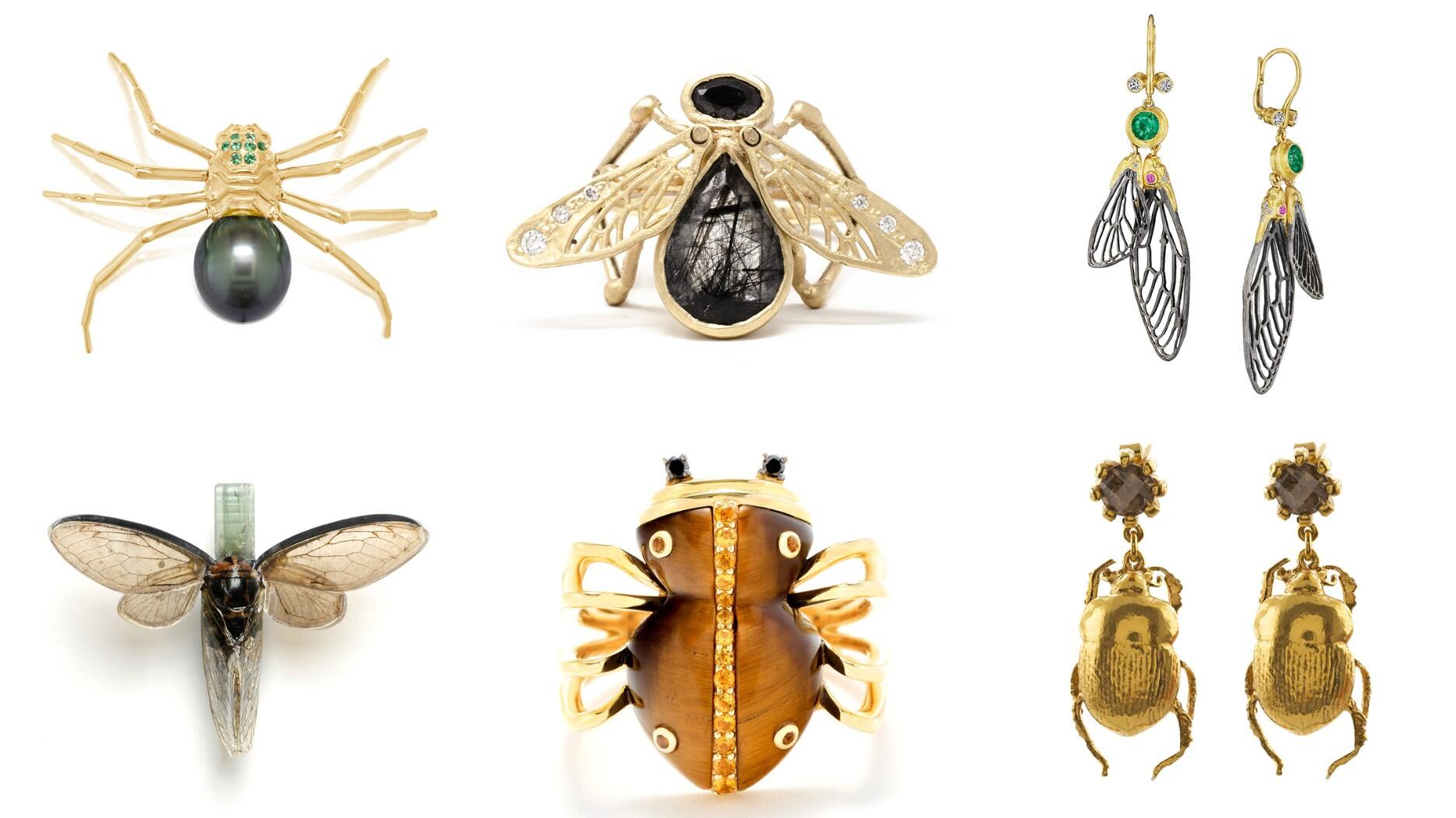The new pink sapphire version of the piece dances with its wearer in the brand’s “Icons After Dark” holiday campaign.
New Year, New Generation: 5 Things to Know About Gen Z
Generation Z is the group immediately following the millennials, and its oldest members are in their early 20s now.

Before we get too far into the new year, I would like to attend to some business from last year.
Just before Thanksgiving, I interviewed Jason Dorsey, president and co-founder of The Center for Generational Kinetics, about his company’s latest study on Gen Z, the generation immediately following Generation Y or, as they are better known, the millennials.
Headquartered in Austin, Texas, the center conducts annual surveys of millennials and Gen Zers to provide research to companies about their mindsets, worldviews and behavioral drivers.
Dorsey also speaks about the center’s findings—he gave a talk at a jewelry trade show a couple years back—and has authored a few books, including “Y-Size Your Business,” about hiring and retaining millennials.
I wanted to interview Dorsey because while we’ve written extensively about other generations, including the much-covered millennials and the “midults,” I don’t feel we’ve talked enough about the next generation.
The dates for Generation Z are still a bit murky, but, for the center’s survey purposes, Dorsey said they set the upper bound at 1996 because of the history-altering event that took place on a clear September morning in 2001.
Someone born in 1996 will turn 23 this year. When 9/11 happened, they would have been 5 or 6 years old and aren’t likely to remember much about it, unlike most millennials, who have more fully formed memories of that day.
The lower bound remains unset, but Dorsey said for the purposes of the 2018 study, they cut it off at 13.
Now, a couple thoughts about reporting on generational differences.
First, to talk about anyone’s generation is make sweeping generalizations about a huge group of people that aren’t going to apply to everyone.
Secondly, it is not a perfect science; in fact, it is not a science at all. It is a loosely defined set of dates, and the lines between generations are blurred at both the lower and upper bounds.
Born in 1978, I am technically Generation X but feel like I have more in common with older millennials than I do with my cousins who were born in the late ‘60s and early 1970s. There is, in fact, a term for individuals born between about 1977 and 1983 who exhibit a blend of Gen X and millennial traits—Xennials.
Similarly, younger millennials—those under 30—probably are going to be more similar in behavior to Gen Zers than the oldest
It’s also fair to note that a few of the traits outlined below are ones common among consumers of all ages today—checking reviews, for example, and loving Instagram—because technology has changed how many people shop, regardless of when they were born.
The Center for Generational Kinetics published its 2018 study on Generation Z in the fall.
Below are five of the standout points Dorsey shared in our interview.
A free copy of the entire report, “The State of Gen Z 2018,” can be downloaded from The Center for Generational Kinetics’ website.
1. It’s all about influencers, though not necessarily the biggest ones.
Members of Generation Z look to online influencers, more so than traditional spokespeople like celebrities or athletes, when it comes to making decisions about what they want to buy.
According to the study, nearly half—46 percent—follow more than 10 influencers on social media, and that number is even higher among women.
Influencers are so, well, influential with this crowd that Gen Z even sees it as a career path. Dorsey said they tell the center’s researchers that they want to be influencers, much like the way people of previous generations would list careers like lawyer or astronaut. Wow.
I asked Dorsey what consumers in this age bracket think of the whole issue of disclosure—that influencers are supposed to tag posts in a way that makes it obvious it is an ad but many don’t.
He said they think they can discern when it is an ad, or they just assume it is one, and that the influencer is getting money and/or free product from the brand.
“The trust is in the person. They are assuming to some degree, at some level, the personal really does believe in this product or service. Now whether that’s true, we don't know,” Dorsey said.
If influencers are promoting products/services that turn out not to be as advertised, that will eventually catch up with them.
There is also an increase in interest among this generation in what are known as micro-influencers (less than 10,000 social media followers) or nano-influencers (less than 1,000), people who have far fewer followers than, say, Gen Z juggernaut Kylie Jenner (123 million followers on Instagram) but are seen are less commercial and more legitimately passion about the product they are sharing.
2. They read multiple reviews.
The survey showed that Gen Zers read at least three reviews before making a first-time purchase, looking at Google, Facebook and other platforms, like the comments on Instagram.
Regardless of whether they are 23 or 13, “They’re conditioned to see what other people are saying about this (product or service,),” Dorsey said.
“Whatever your price point is, you’ve got to have ratings and reviews. Don’t think because it’s targeted at a younger demographic they are not reading reviews, because that’s not the case.”
3. The No. 1 platform for engaging with members of Generation Z is …
Instagram. Start using it if you haven’t already and be consistent.
4. Their default screen is not a TV.
It is their smartphone and/or tablet.
They love YouTube, and it’s not just about viral videos or watching influencers. The survey shows that the video website is the No. 1 place they go to learn about a potential employer.
5. They are a lot like their grandparents.
Whereas millennials were the children of baby boomers, members of Generation Z (again, ages 23 to 13) are the children of Generation X (roughly now 39 to 54) and even some older millennials, and the grandchildren of the baby boomers, who are now in their early-70s to mid-50s.
Just like the baby boomers were raised by the generation that lived through the Great Depression, Gen Zers were raised by parents who lived through the Great Recession, and they were raised in a way that makes them like their baby boomer grandparents.
Dorsey said they love to save money—according to him, 12 percent of Gen Zers are already saving for retirement—and they have a disdain for debt, generally avoiding overcharging on credit cards and choosing less expensive schools to avoid student loans piling up.
When they do make a purchase, they are looking to get the most value possible, to buy something that is durable and sustainable.
Dorsey advises retailers to emphasize the utility and value of their jewelry and watches utility—the fact that they will last a long time—rather than just selling them as luxury items.
“For jewelry, that messaging will be really important. We can’t just assume the next generation knows that.”
He also delivered one final piece of advice for jewelers: don’t sleep on the next generation, even though they are young and not necessarily out there buying fine jewelry now.
“Many, many people in the jewelry business waited too long to adapt to millennials,” he said. “In many cases, retailers got caught flat-footed.
“Take the time now to get to know Gen Z so you are on-trend and ready for them as they emerge, rather than playing catch-up later, which is much harder and more expensive.”
The Latest

A choice that’s generated a lot of commentary, Pantone says “Cloud Dancer” marks a fresh start and encourages relaxation and creativity.
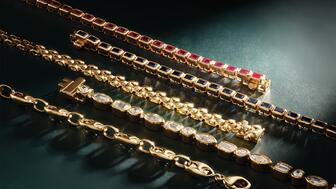
The manufacturer’s holiday campaign features a gift guide filled with trending designs and jewelry that can be personalized.

How Jewelers of America’s 20 Under 40 are leading to ensure a brighter future for the jewelry industry.

The man was charged with theft, accused of ingesting the necklace while in a jewelry store in Auckland, New Zealand.


The Florida independent expanded its store from 8,000 to 14,000 square feet, fulfilling the vision of its late co-founder, Jim Dunn.
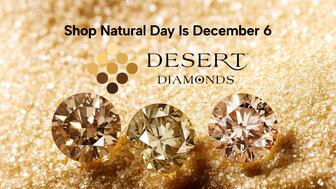
Sponsored by De Beers Group

Roseco’s 704-page catalog showcases new lab-grown diamonds, findings, tools & more—available in print or interactive digital editions.
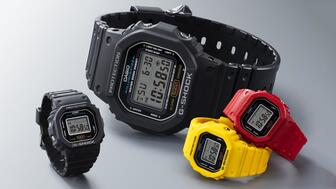
The classic 5600 series G-Shock has been scaled down to about a tenth of its size, becoming a fully functioning watch ring.

The association’s annual conference and gala will take place Feb. 4, 2026, during the Tucson gem shows.

The January show will include a workshop for jewelry retailers on implementing AI to strengthen their businesses.
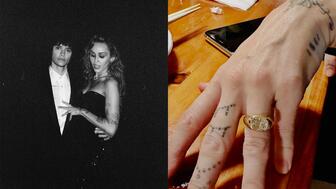
Fellow musician Maxx Morando proposed to the star with a chunky, cushion-cut diamond ring designed by Jacquie Aiche.

The retailer, which sells billions in fine jewelry and watches, is suing the Trump administration and U.S. Customs and Border Patrol.

Black Friday is still the most popular shopping day over the five-day holiday weekend, as per the National Retail Federation’s survey.

The historic egg, crafted for Russia's ruling family prior to the revolution, was the star of Christie’s recent auction of works by Fabergé.
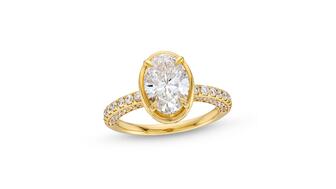
The retailer offered more fashion jewelry priced under $1,000, including lab-grown diamond and men’s jewelry.

The eau de parfum is held in a fluted glass bottle that mirrors the decor of the brand’s atelier, and its cap is a nod to its “Sloan” ring.

Vivek Gadodia and Juan Kemp, who’ve been serving as interim co-CEOs since February, will continue to lead the diamond mining company.

In addition, a slate of new officers and trustees were appointed to the board.

Witt’s Jewelry in Wayne, Nebraska, is the organization’s new milestone member.

Laurs is the editor-in-chief of Gem-A’s The Journal of Gemmology and an expert on the formation of colored gemstone deposits.
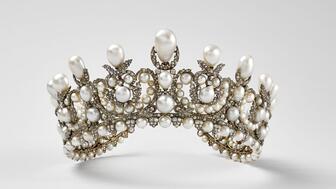
The man, who has a criminal history, is suspected of being the fourth member of the four-man crew that carried out the heist.
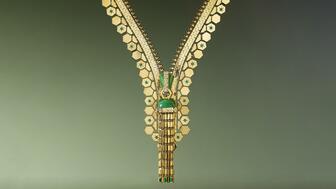
The single-owner collection includes one of the largest offerings of Verdura jewels ever to appear at auction, said Christie’s.

Michael Helfer has taken the reins, bringing together two historic Chicago jewelry names.
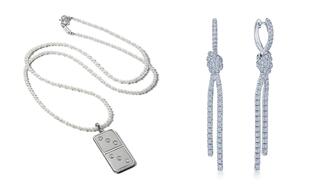
The guide features all-new platinum designs for the holiday season by brands like Harwell Godfrey, Ritani, and Suna.

During its Q3 call, CEO Efraim Grinberg discussed the deal to lower tariffs on Swiss-made watches, watch market trends, and more.

Rosior’s high jewelry cocktail ring with orange sapphires and green diamonds is the perfect Thanksgiving accessory.













